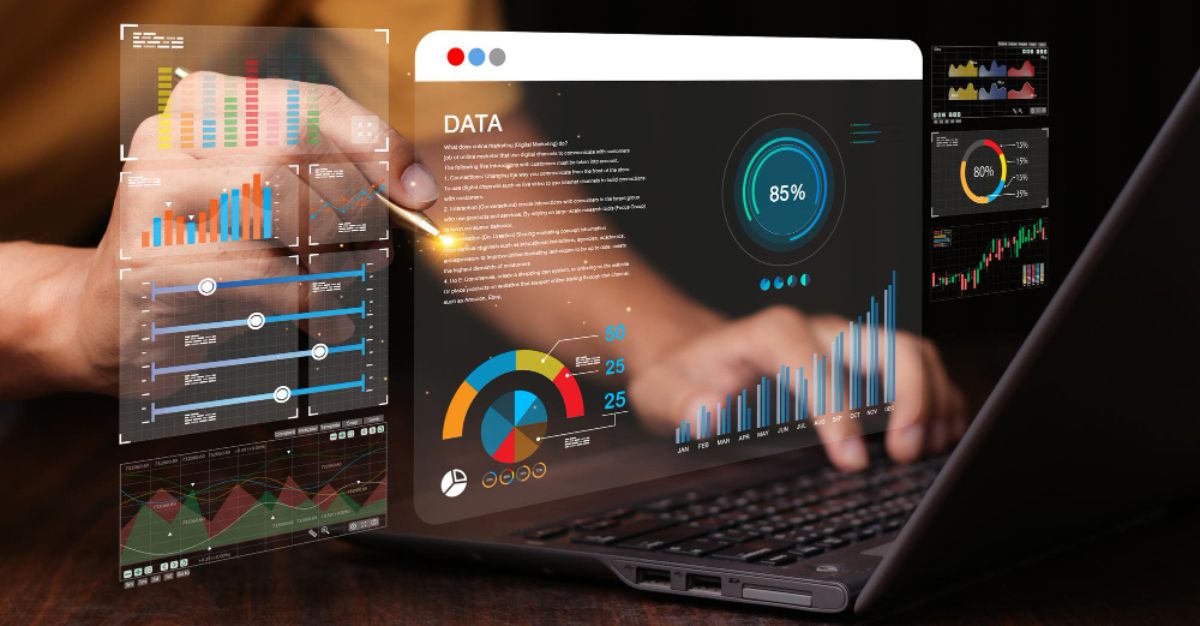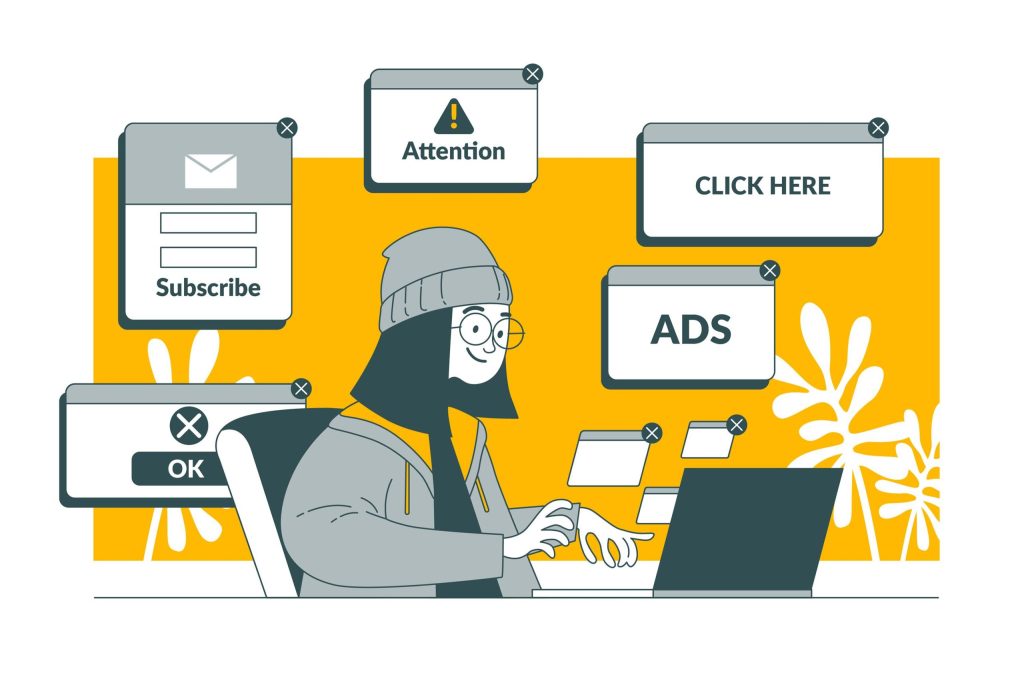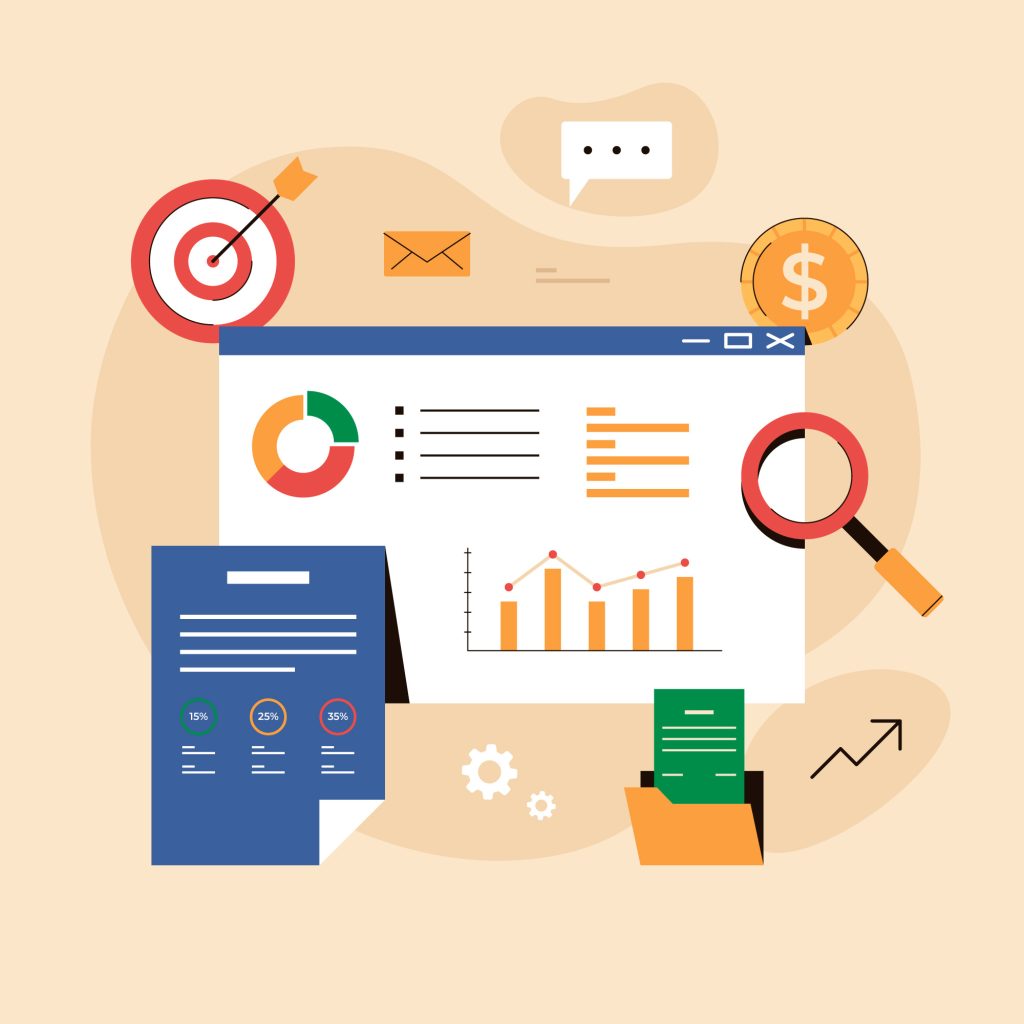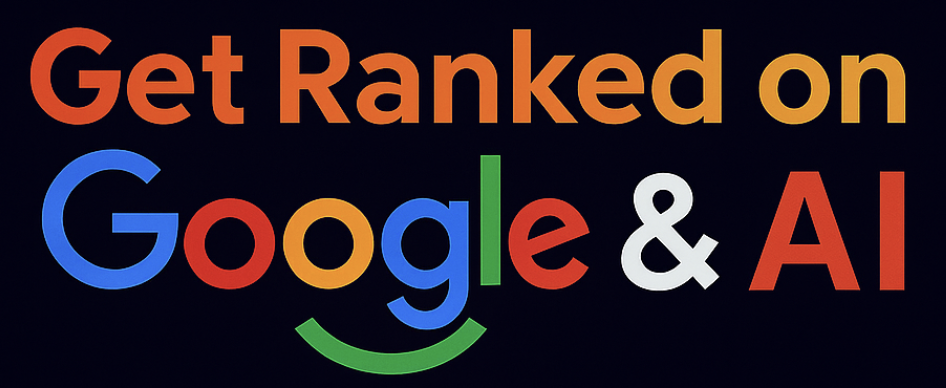The digital advertising landscape feels like shifting sand right now. Third-party cookies,the backbone of online targeting for over two decades, are crumbling away.
Google’s long-promised phase-out has marketers scrambling, and privacy regulations keep tightening across the globe.
Here’s the truth: first-party data Google Ads strategies will separate the winners from the strugglers in 2025 and beyond. If you’ve been relying on cookie-based remarketing and audience targeting, it’s time to pivot.
This guide walks you through exactly how to collect, leverage, and optimise your own customer data to keep your Google Ads campaigns thriving in the post-cookie era.
Table of Contents
The Post-Cookie Reality: What’s Actually Happening in 2025
Chrome’s cookie deprecation keeps getting delayed, but make no mistake.Third-party cookies are on borrowed time. Safari and Firefox already blocked them years ago. The direction of travel is clear.
Meanwhile, privacy regulations have teeth now. GDPR in Europe, PDPA in Malaysia, each brings hefty fines for non-compliance.
Google rolled out Consent Mode v2 in March 2024, requiring advertisers to implement proper consent mechanisms or risk losing measurement capabilities.
The ripple effects hit hard:
- Remarketing lists shrink dramatically
- Conversion attribution becomes fuzzy
- Audience targeting loses precision
- Cross-site tracking dies completely
Your Google Ads account that hummed along nicely? It’s probably already seeing reduced reach and weaker signal strength. Future-ready businesses pair first-party data with well-structured Google Ads campaigns to avoid performance dips..
Why First-Party Data Powers Modern Google Ads Success
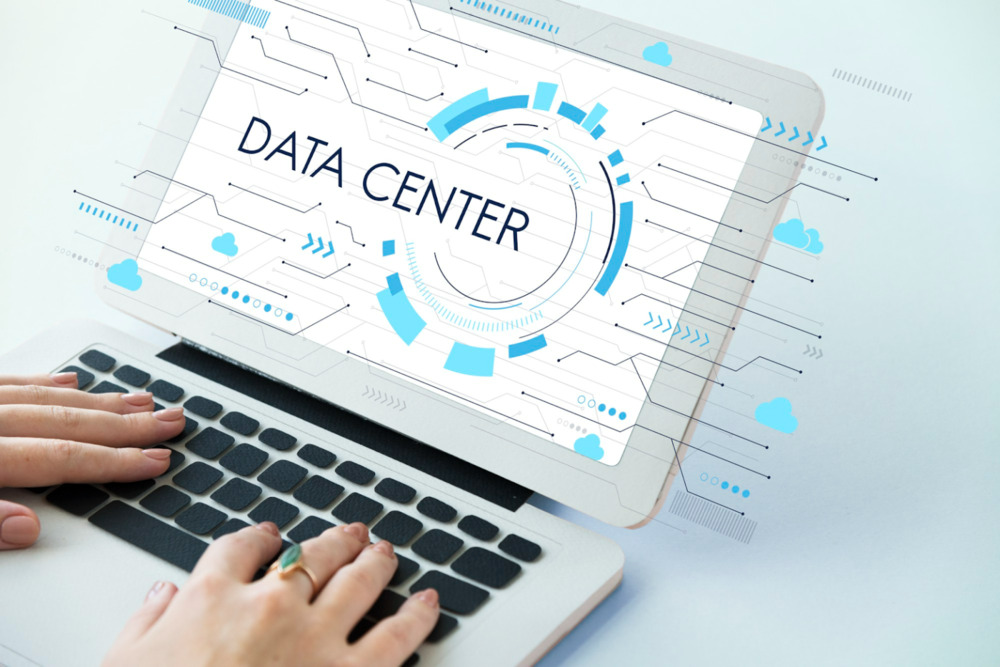
First-party data means information you collect directly from your customers such as website behaviour, purchase history, email subscriptions, loyalty programme interactions, CRM records. You own it. Your customers gave it to you willingly.
Compare that to third-party data, which gets bought from data brokers who aggregate information from multiple sources. That always felt a bit dodgy, didn’t it?
Here’s why first party data wins:
- Accuracy: You know exactly where it came from and how fresh it is.
- Compliance: Proper consent makes it legally sound across jurisdictions.
- Trust: Customers shared information directly with your brand.
- Quality: You control data governance and can ensure data quality standards.
Google’s Performance Max campaigns and smart bidding rely heavily on conversion signals. Feed them robust first-party data, and they’ll deliver.
Starve them of information, and you’ll watch your marketing performance decline whilst competitors pull ahead.
Want to strengthen campaign performance? Our SEO services in Malaysia help you generate the right traffic signals to feed into your ad strategy.
According to Think with Google, brands that invested early in first-party data strategies saw 2.9x higher revenue impact compared to those still dependent on third-party cookies.
Building Your First-Party Data Collection Foundation
You can’t leverage what you haven’t gathered. First-party data collection requires thoughtful systems and genuine value exchange with customers.
1. Ethical Data Gathering Tactics
Nobody wants to hand over personal information for nothing. Offer something worthwhile:
- Downloadable guides and templates
- Exclusive discounts for email subscribers
- Early access to new products
- Personalised recommendations based on preferences
- Loyalty programmes with real benefits
Always be transparent. Tell people exactly what you’ll do with their data. Use clear consent checkboxes. Make privacy policies readable (yes, actually readable).
If you’re creating gated content like guides or videos, our content marketing and video production make sure your assets actually drive sign-ups.
2. Strengthening Your Tech Stack
Customer relationship management platforms form your data hub. Whether you use HubSpot, Salesforce, Zoho, or simpler tools like Mailchimp, these systems collect and organise customer information.
A customer data platform (CDP) goes further by unifying data from multiple touchpoints like website visits, app interactions, in-store purchases, support tickets.
Tools like Segment or Treasure
Data break down data silos that traditionally keep marketing and sales teams working with incomplete pictures.
Data management platform capabilities help segment audiences based on behaviour and attributes. You can create sophisticated marketing campaigns targeting specific customer segments with messages that actually resonate.
To connect these systems with real-world campaigns, we design tailored eCommerce websites and CRM-ready social media marketing strategies
3. Bridging Online and Offline Worlds
Offline conversion tracking closes the loop between Google Ads clicks and real-world actions.
When someone fills out a contact form, becomes a qualified lead, then eventually buys. It will turn out that you can feed that entire journey back to Google.
Upload offline conversions via CSV files or API connections. Google’s algorithms learn which clicks drive valuable outcomes.
Your bids optimise accordingly. Return on ad spend improves because the system understands what actually works.
For businesses with physical locations or sales teams, this capability is gold. Google Ads offline conversion tracking documentation explains the technical implementation.
Practical First-Party Data Tactics for Google Ads
Theory is lovely. Application pays the bills. Here’s how to actually use your first-party data within Google Ads:
1. Customer Match Lists
Upload your customer email addresses (hashed for privacy) to create remarketing audiences. You can then:
- Show ads specifically to existing customers
- Exclude current customers from customer acquisition campaigns
- Create lookalike audiences (similar users) for prospecting
- Tailor messaging based on customer lifecycle stage
2. Enhanced Conversions and Consent Mode v2
Enhanced conversions use hashed first-party data from your website forms to improve measurement accuracy. Combined with Consent Mode v2, Google can model conversions even when users don’t accept all cookies.
Implement both. Your attribution won’t be perfect, but it’ll be significantly better than competitors who skip this step. Understanding advanced targeting Google Ads strategies helps you layer these capabilities effectively.
3. Smart Bidding with Rich Signals
Feed your CRM data into Google Ads through offline conversions. Set different conversion values for different customer types. S
Someone who buys once might be worth RM50. A customer who becomes a repeat purchaser could be worth £500 over their lifetime.
Smart Bidding algorithms optimise towards true business value rather than just lead volume. This transforms campaign economics completely.
To make the most of Smart Bidding, our Google Display Ads and YouTube Ads campaigns are designed with value-based conversion goals.
4. GA4 Integration for Deeper Customer Insights
Google Analytics 4 connects customer journeys across devices and platforms. When integrated properly with your Google Ads account, you gain visibility into:
- Which campaigns drive engaged users vs. bounce-and-leave traffic
- How different audience segments behave post-click
- Which content paths lead to conversions
- Customer experience patterns across touchpoints
Use these customer insights to refine targeting, adjust bidding, and improve landing page relevance.
The Post-Cookie Pain Points: Compliance and Data Strategy for Smart Advertisers
The transition brings headaches alongside opportunities.
1. Regional Regulation Complexity
Data privacy laws vary dramatically by geography. GDPR requires explicit consent. CCPA gives consumers opt-out rights.’
Malaysia’s PDPA has specific data transfer restrictions. Data privacy regulations keep evolving.
Solution? Implement a consent management platform that adapts to visitor location. Tools like OneTrust or Cookiebot handle regional variations automatically.
2. Resource Constraints for Smaller Businesses
Enterprise companies have dedicated data teams. Small businesses often don’t. If you’re resource-constrained:
- Start with one solid CRM system properly integrated
- Use Google’s automated solutions (Performance Max, Smart Bidding)
- Partner with specialists who understand data strategy implementation
- Focus on data quality over quantity, 100 engaged subscribers beat 10,000 uninterested ones
Many of our clients in Malaysia running Google Ads campaigns start with basic customer list uploads before expanding to sophisticated offline conversion tracking.
3. Breaking Down Data Silos
Marketing collects website leads. Sales updates CRM after conversations. Customer service logs support interactions. If these systems don’t talk, you’re missing the full picture.
Data unification and data collaboration across departments requires both technical integration and cultural change.
Schedule regular sync meetings between teams. Establish shared data governance policies. Make customer data accessible (whilst respecting privacy and access controls).
The Data Advantage: One Island Consulting’s Blueprint for High-Value Conversions
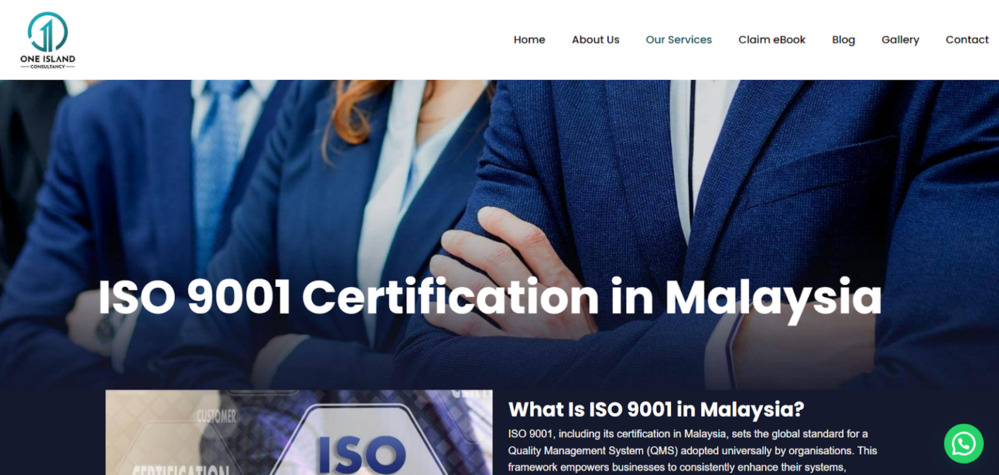

Integrating first-party data into your bidding strategy is the key to overcoming challenges like privacy compliance and the lack of transparency in Smart Bidding.
This case study shows how One Island Consulting, a growing B2B service provider based in Malaysia, executed this shift for exceptional results.
The Challenge: Winning Clicks, Losing Deals
Initially, the Google Ads campaigns were optimised like a typical e-commerce site, tracking only the initial website action.
- The Flaw: The Smart Bidding AI was only optimising for basic “form fills.” This meant the algorithm prioritised the cheapest clicks that resulted in a submission, regardless of the lead’s quality or actual business potential.
- The Frustration: One Island Consulting was generating a high volume of enquiries, but the majority were low-quality or irrelevant. They were paying for clicks that led to a full funnel, but their true Return on Investment (ROI) was unpredictable and low.
The Pivot: Feeding the AI True Business Value
One Island Consulting shifted its focus from simple volume to conversion value by implementing advanced first-party data tracking.
- Offline Conversion Tracking (The Key): The team established a direct link between their CRM and Google Ads. This allowed them to upload the actual status of a lead (e.g., “Qualified,” “Deal Won”) back to the ad platform.
- Value-Based Bidding: By feeding this deeper, high-quality data back, the campaigns were immediately switched to Target ROAS (Return on Ad Spend). The AI now understood that one specific form fill was worth 10 times more than another.
- Customer Match: They uploaded their existing customer lists (segmented by lifetime value) to create high-performing audiences for targeting and exclusion.
The Outcome: 5X ROI in 30 Days
By teaching Google’s AI the true value of their leads, One Island Consulting achieved massive efficiency gains within one month.
| Metric | Detail |
| Investment | RM 4,000 monthly budget. |
| Enquiries Received | 40–60 high-quality enquiries within 1 month. |
| Return on Investment (ROI) | 5 times higher than their investment. |
The campaign generated many qualified leads, reducing wasted time for the sales team.
The future of Google Ads focuses on optimising one’s own data rather than seeking a cookie replacement.
By controlling, enriching, and integrating your first-party data, you solve privacy challenges, tame the Smart Bidding black box, and achieve higher, more predictable ROAS.
Your data is your greatest asset and it’s time to put it to work.
Preparing Your Business for Privacy-First Advertising
Future-proofing requires investment now:
a. Infrastructure and Tools
Upgrade your martech stack. Ensure your CRM, website, and advertising platforms communicate seamlessly. Consider Google Ads automation tools that work with first-party data signals rather than against them.
b. Skills and Knowledge
Train your team on GA4, customer data platforms, and audience management techniques. The skillset shift from traditional cookie-based targeting to privacy-first strategies requires education.
Many marketers still think in terms of tracking individuals rather than aggregated, consented data signals.
c. Customer Trust as Strategy
Build relationships that make people want to share information. Deliver excellent customer experience. Send valuable email marketing content. Show customers the benefits of personalisation done right.
When privacy regulations tighten further (and they will), brands with strong customer relationships will adapt smoothly. Those who relied on surveillance advertising will struggle.
d. Hybrid Approach: Automation Meets Strategy
Let algorithms handle optimisation. Smart Bidding and Performance Max work brilliantly when fed quality data. But don’t abandon strategic thinking. Humans still need to:
- Set business objectives
- Define target audiences
- Craft compelling messaging
- Interpret results and spot opportunities
- Guide machine learning with proper inputs
Your Next Steps in the Post-Cookie World
The post-cookie world rewards brands investing in customer relationships and robust data infrastructure.
Instead of trying to fix everything at once, focus: this month, why not implement offline conversion tracking or upload your first customer match list? Build from that initial success.
Your competitors are already running this race. The power of your Google Ads performance in 2025 depends on the data foundation you lay down right now.
Build it strong, make it compliant, and secure that advantage.
Don’t let your data go unused. Speak to Newnormz today about building a privacy-first Google Ads strategy that drives superior, measurable results while securing your long-term compliance.
